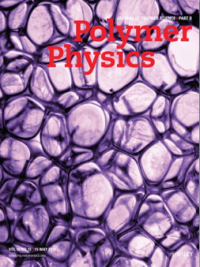We report the development of highly chemically crosslinked, ultra low density (∼0.015 g/cc) polyurethane shape memory foams synthesized from symmetrical, low molecular weight, and branched hydroxyl monomers.
Journal Covers

Non-burning thermonuclear fuel implosion experiments have been fielded on the National Ignition Facility to assess progress toward ignition by indirect drive inertial confinement fusion. These experiments use cryogenic fuel ice layers, consisting of mixtures of tritium and deuterium with large amounts of hydrogen to control the neutron yield.
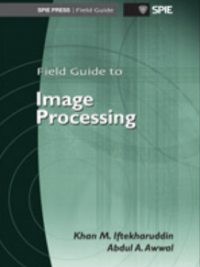
This Field Guide serves as a resource for commonly used image-processing concepts and tools; with this foundation, readers will better understand how to apply these tools to various problems encountered in the field.
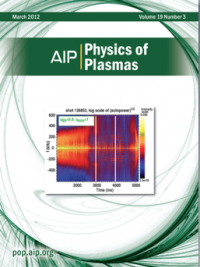
An analysis of the dependence of transport on the safety factor profile in high-performance, steady-state scenario discharges is presented. This is based on experimental scans of
q95 and qmin taken with fixed bN, toroidal field, double-null plasma shape, divertor pumping, and electron cyclotron current drive input.
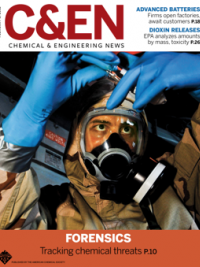
What happens when the murder weapon is a molecule? Through chemical forensics, scientists are discovering that even a chemical holds clues that can point to its source.
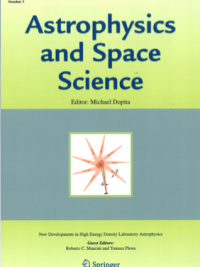
It is shown that some aspects of the accretion disc physics can be experimentally simulated with the use of an array of properly directed plasma jets created by intense laser beams.
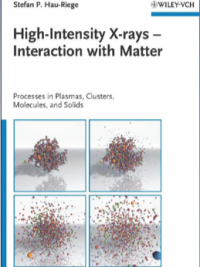
Filling the need for a book bridging the effect of matter on X-ray radiation and the interaction of x-rays with plasmas, this monograph provides comprehensive coverage of the topic.
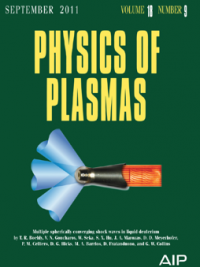
A batteryless chemical nanosensor has been developed from either vertically (ZnO) or randomly aligned (Si) semiconductor nanowires.
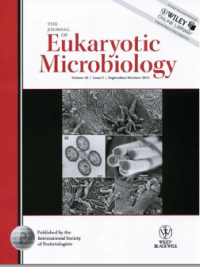
We investigated the structural aspects of symbioses, relationships with bacteria through different life‐cycle stages, and their diversity and phylogenetic relationships in Cryptocercus in the hoplonymphid genera Barbulanympha and Urinympha from Cryptocercus punctulatus using light and electron microscopy, and analysis of small subunit rRNA.
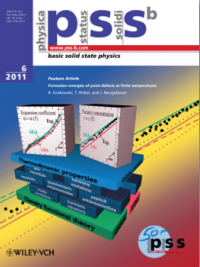
This paper presents the methods needed to compute highly accurate free energies of point defects from first principles.


